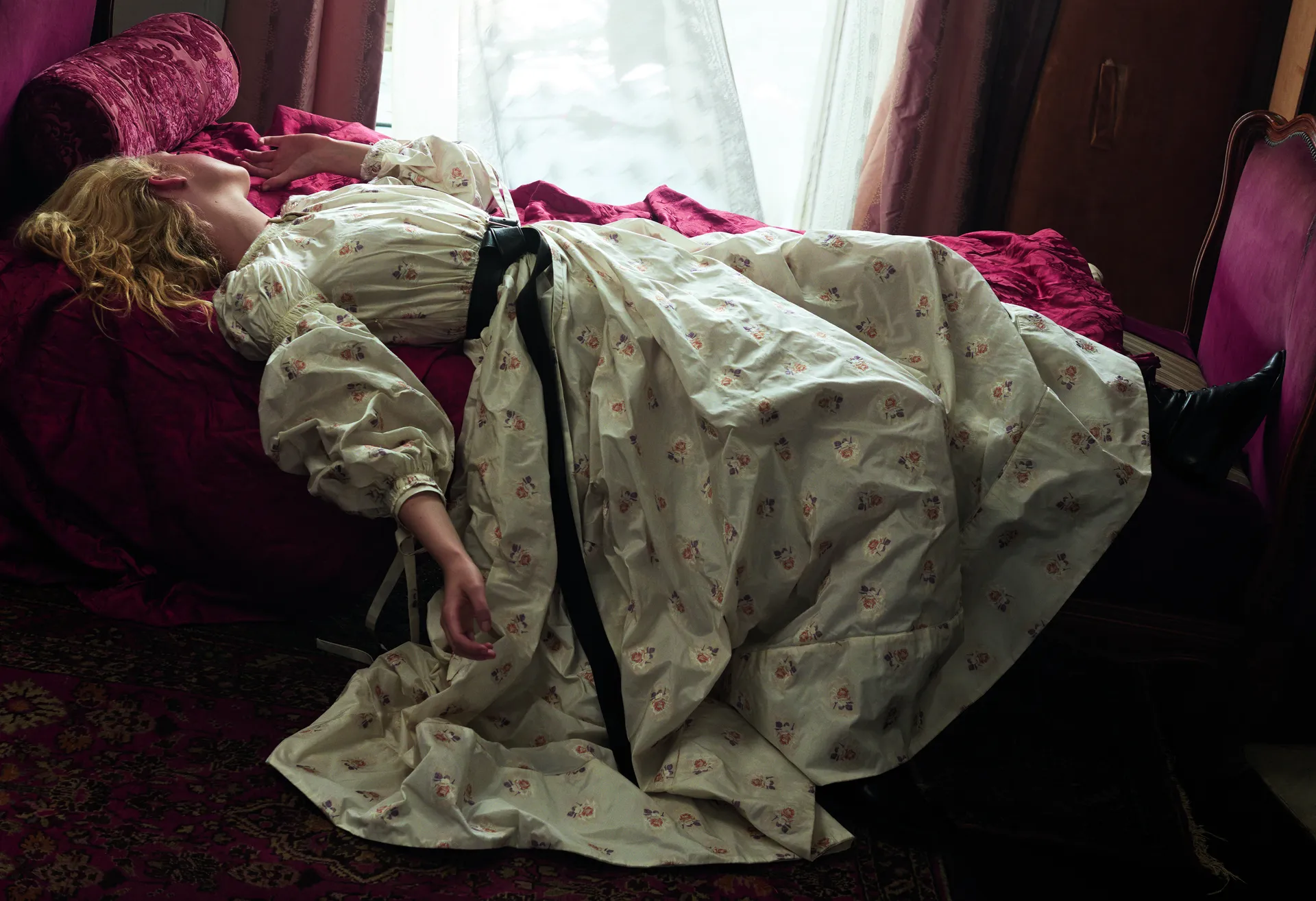
Some mornings feel heavy before anything begins. Even after sleep. Even after breakfast. You move, but slower. Coffee doesn’t help. The body feels unfinished. Fatigue isn’t always about energy. Sometimes it’s about oxygen. Without enough iron, the blood doesn’t carry enough. Muscles get less. Brain gets less. That’s why tiredness arrives without reason. It’s not laziness. It’s biology, misfiring quietly.
Breathing feels shorter on stairs you’ve climbed for years
You stop halfway up, not from pain—but from breath. The lungs aren’t sick. The heart isn’t racing. But the steps feel longer. This isn’t panic. It’s low fuel. Iron deficiency limits how much oxygen travels. So familiar things feel harder. Not all the time—but often enough. You begin adjusting routes. You begin choosing elevators. Not because of weakness. Because the breath leaves early.
Pale skin isn’t always obvious unless you’re looking closely
Not ghost-white. Just less pink. Less warm. The lips fade first. Then the gums. Even inside eyelids. Skin tone softens. But people don’t always notice. Especially on darker complexions. You might look normal to others. But mirrors know. The body tries to adjust blood flow. It keeps vital areas oxygenated. That’s why extremities fade first. That’s why faces lose color slowly.
Headaches come and go, but they feel thicker somehow
Not migraines. Not sharp. Just pressure. A dull squeeze behind the eyes. A fog that doesn’t lift. Iron affects hemoglobin. Hemoglobin affects brain oxygen. Less flow means more strain. The head works harder for clarity. And it protests. Sometimes with aches. Sometimes with forgetfulness. You think it’s screen time. Or sleep. But water doesn’t fix it. Neither does rest.
The tongue looks smooth, but the burning is worse
It tingles. Then stings. Not from heat. Not from food. Just sensitivity. The papillae shrink. The surface flattens. A normal tongue isn’t supposed to feel raw. But iron deficiency strips that layer. Suddenly, spicy food burns more. Hot drinks feel harsher. Talking even tires it out. You look at it in the mirror. It looks normal. But the mouth knows different.
Cold hands and feet don’t warm up like they used to
Socks don’t help. Blankets don’t help. The chill feels internal. Circulation slows. Because iron isn’t just about energy—it’s about distribution. Blood shifts to essential organs first. That leaves the hands colder. The toes numb quicker. You rub them. Still cold. You check room temperature. Still cold. The body is rationing. It’s quiet survival.
Nails start curving without breaking
They dip. Not down, but inward. Spooning. Koilonychia. A slow bend over months. Not dramatic. But noticeable. You trim them differently now. Polish covers it. But the shape remains. Nails tell stories before blood tests do. And sometimes, iron writes that story. Not just breaking. But shaping. The texture changes. So does the resistance. You notice when typing. When buttoning.
Cravings appear—but not for food
Ice. Chalk. Dirt. Not hunger. Just urges. Strange ones. Pica, they call it. A sign the body wants minerals. Not calories. Ice chewers often appear healthy. But inside, something’s missing. You don’t crave meals—you crave crunch. Cold. Texture. That’s not appetite. It’s deficiency making itself known through odd desires.
Hair sheds more than usual
You don’t go bald. But the brush holds more strands. The drain clogs faster. Iron feeds follicles. When it runs low, hair cycles shorten. Regrowth slows. You may not notice immediately. Until photos surprise you. Until partings widen. It’s not stress. It’s not shampoo. It’s the blood under the scalp, whispering need.
You bruise easier, and they last longer
You bump into the table. The mark blooms faster. Purple lingers. Yellow fades slow. Iron supports platelet function. Without it, vessels don’t heal quickly. You aren’t more fragile—you’re slower to recover. Some blame aging. Some blame clumsiness. But the skin remembers impact differently when iron drops.
Restless legs arrive before sleep and refuse to leave
You try to relax. The legs twitch. Jerk. Pull. You shift positions. Again. And again. The sensation isn’t painful. Just impossible to ignore. Like electricity under skin. Iron helps dopamine function. Without it, muscles miscommunicate. Especially at night. Especially during stillness. That’s why movement helps—but doesn’t fix. The night stretches longer.
The heartbeat stutters or races unexpectedly
Not panic. Not excitement. Just rhythm changes. You lie still—but the pulse jumps. It skips. Or flutters. The body senses low oxygen. The heart compensates. It beats faster, harder. Even at rest. Especially after meals. Or during quiet moments. You check your watch. Your phone. Something feels off. That’s the heart carrying the load iron should have helped with.
The eyes feel heavy, but sleep doesn’t refresh them
Eight hours pass. Still tired. Afternoon naps offer little. It’s not sleep quality. It’s blood efficiency. Iron moves oxygen. Less oxygen means less repair. The body sleeps—but doesn’t restore. The eyelids sag. Vision blurs faster. The eyes itch. But they aren’t dry. They’re just strained. Carrying the cost of poor circulation.
Exercise feels harder than it used to
You used to jog. Now walking feels enough. The pulse rises fast. Recovery takes longer. Iron shapes stamina. Not directly. But through oxygen. Muscles burn earlier. Breathing deepens sooner. You think you’re out of shape. But the lungs aren’t weak. They’re just waiting. For the blood to carry its share again.
Mood shifts without reason
Sadness appears without trigger. Irritability rises without cause. That’s not always emotion. That’s deficiency. The brain lacks iron too. It affects neurotransmitters. Serotonin. Dopamine. Mood regulation slips. You cry easier. Or snap faster. Then feel guilty. Then tired. The cycle spins. But doesn’t resolve. Because the root isn’t always psychological—it’s physical, hidden under numbers.
Cuts take longer to close
A scrape from gardening. A small nick shaving. Days pass. Still raw. Still pink. Healing slows. Because oxygen fuels repair. Less hemoglobin means less oxygen. White cells arrive late. Platelets work slower. What once healed in three days now takes six. That’s not aging. That’s iron deficiency, writing its pace in wounds.
Your skin becomes drier, no matter what lotion you use
Flakes appear. Even after cream. Elbows roughen. Legs ash. The texture shifts subtly. Iron supports cellular repair. Skin needs that. Without it, elasticity drops. Moisture doesn’t hold. Hydration helps—but only briefly. The surface shines for hours. Then dulls again. It’s not product failure. It’s internal drought, manifesting externally.
Small infections hang on longer than they used to
A cold stays two weeks. A scratch inflames easily. Your immune response feels slow. Iron powers immunity. White cells rely on it. When it drops, infections linger. You’re not weaker. Just slower to respond. Fevers take longer. Fatigue follows longer. Recovery becomes a process, not a phase.
Source: Internist in Dubai / Internist in Abu Dhabi
